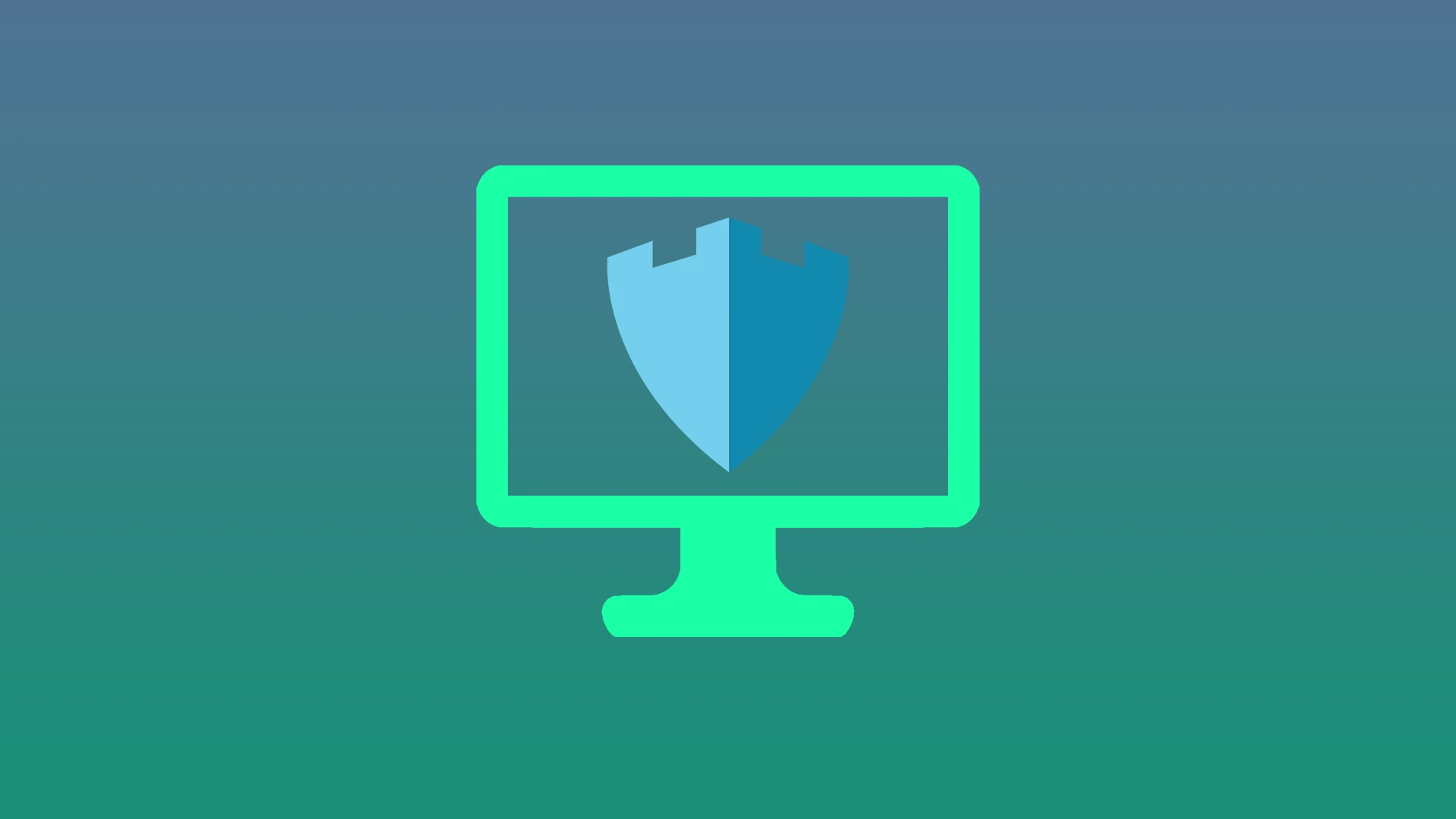Our lives have long been saturated with various gadgets through which we communicate with the outside world, transmit information, and receive it. We wake up and go to sleep with a smartphone in our hands, we eat breakfast with a laptop and go to bed with it after watching another movie or TV series.
Life has shifted to the digital world. And with it, the dangers of the real world have also moved into the digital world. For this reason, it’s very important to find ways to protect against the digital dangers that haunt the average user of the World Wide Web. To prevent your sensitive data from being stolen and your bank accounts or social networks from being hacked, it’s recommended to use Multi-Factor Authentication (MFA).
What does MFA mean?
Protecting accounts with a single factor – a complex password – ceased to be reliable about two decades ago. Therefore, it’s recommended that network users apply additional protection factors.
Multi-Factor Authentication (MFA) is an authentication method that requires a user to provide at least two verification factors to gain access to a website, app, or resource. With MFA, if one factor is compromised, the attacker still has at least one more barrier to overcome before he can gain access to the target account.
Single-factor authentication (or simply “authentication”) uses a single technology to authenticate the user. With MFA, users must combine verification technologies from at least two different groups or authentication factors. Although MFA combines any number of authentication factors, the most common is Two-Factor Authentication (2FA).
What are the authentication factors?
An authentication factor is a category of credentials for identification during verification. When these factors are used in MFA, each additional factor increases the confidence that the person trying to access the account is who they claim to be.
Here are three main authentication factors:
- Something you know (Knowledge factor)
- Usually a password, PIN or passphrase, or a set of secret questions and corresponding answers known only to the individual.
- Something you have (Possession factor)
- Before smartphones, users carried tokens or smart cards that generated a one-time password or access code (OTP) that could be entered into an online app. Today, most users install an authenticator app on their smartphones to generate OTP security keys.
- Something you are (Inherence factor)
- Biometric data about a person ranges from fingerprints, retinal scans, facial recognition, and voice recognition for behavior (such as how hard or fast a person types or swipes their finger across a screen).
To achieve Multi-Factor Authentication, at least two different technologies from at least two different technology groups must be used for the authentication process. As a result, using a PIN in combination with a password wouldn’t be considered Multi-Factor Authentication, while using a PIN with facial recognition as a second factor would.
How does an MFA work?
Let’s look at how MFA works, using two-factor authentication in Discord as an example. As an additional factor here is used one-time password (OTP), which you receive by SMS or in a special app. This app is Google Authenticator, which is available for both iPhone and Android.
OTP is a 4, 6, or 8-digit code that you receive from Google Authenticator in our case. So, when you’re trying to sign in to your Discord account, you also have to enter this code. Only you have an access to this OTP. That means if someone has your username and password, they still won’t be able to enter your account without this second authentication factor.
A similar system works in some banking apps. To access your account, you must enter a password that comes to you by SMS or in a special app for authentication from the same bank. Some apps simply add biometric authentication using your FaceID or TouchID.
Why is it important to use MFA?
While some may see the process as a minor inconvenience or too time-consuming to set up, in the long run, it’s worth thinking about higher levels of security. For example, data breaches exposed 22 billion records in 2021.
The ultimate goal of MFA is to create a line of defense between your information and hackers. The very sites you connect to make it much more difficult for unauthorized people to access. And even if they may know your password, they won’t be able to recreate the second authentication factor (your fingerprint, one-time password, or answer to a secret question).
In the past, MFA systems used only two-factor authentication, but with the rise of cyberattacks, users have started to actively use two or more factors for additional layers of protection. While it’s impossible to prevent all online crimes, taking simple measures like using 2FA or MFA can significantly reduce the likelihood of a hack.
If MFA is available, you should use it, especially when it comes to your most sensitive information, such as your financial accounts, medical records, messengers such as Telegram, and your primary email address.


